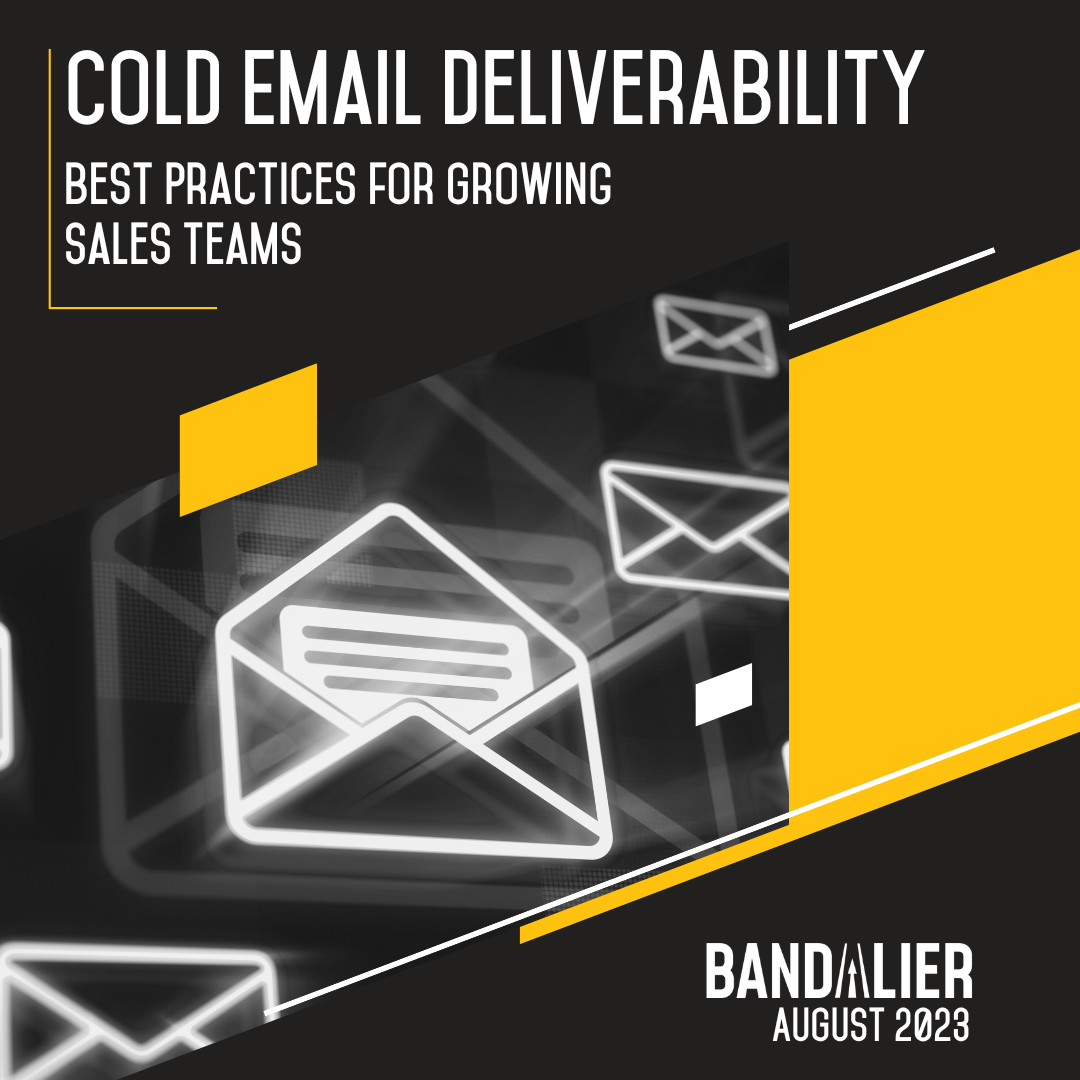Growing companies often recognize that they need outbound sales but stumble when it comes to building it effectively. There are too many strategies built on the concept that you can simply hire or outsource a “Unicorn SDR,” one person who can simultaneously research accounts, clean data, write personalized emails, manage sequences, make 100+ dials, and log everything effectively in the CRM.
In reality, there aren’t a lot of unicorns in the real world… sales or otherwise. In the off case you do find such a unicorn, they’re often in such high demand that they quickly turnover to another company. Trying to find such a unicorn is why many in-house and outsourced SDR programs burn out or under perform.
Continue reading to discover how you can outsource sales and avoid the unicorn trap. We’ll help you explore how different models operate while deepening your understanding of sales outsourcing, and provide clarity on defining business objectives, choosing the right outsourcing partner, and designing a sales process that generates consistent pipeline performance and sustainable growth.
The Myth of the Unicorn SDR
Many companies chase the idea of the perfect SDR. The expectation is that a single SDR, whether hired in-house or as part of an outsourced sales team, can take on every stage of the outbound process. Leaders assume one person is expected to do all the work without missing a beat.
In truth, very few people excel at all of these skills and, just like real world unicorns, such a person is hard to find. Some representatives are great with data but don’t have the persistence for nonstop dialing. Meanwhile, someone energized by real sales conversations might struggle with data-heavy research. Expecting one person to juggle every single task means you are driving them and your business straight to a cliff. In a month’s time, you will end up dealing with burnout, inconsistency, and high attrition rates.
If a model is built around a unicorn SDR, it’s fragile by design.
Lasting revenue growth is built on consistency and specialization. A sales strategy that depends too much on a single unicorn SDR carries unnecessary risk. If that person falls behind, burns out, or leaves, the pipeline stalls and results become unpredictable.
Counting on a unicorn SDR isn’t sustainable. So how do you set up a system that actually works? Focus on an outsourced sales process that divides responsibilities across various individuals or teams. By freeing SDRs to focus specifically on what matters – setting and holding meetings – you can ensure you have the right person in seat and ultimately maximize the ROI on your outbound efforts.
Break Free from the Unicorn Model
On paper, the unicorn SDR seems efficient. In practice though, it’s a growth killer. Here’s why:
- Inconsistent Outreach. Activity volume swings from day to day when SDRs need to juggle data work, managing systems, and actually doing outreach.
- Burnout and Attrition. Repetitive tasks on top of high-volume outbound accelerates churn.
- Limited Growth Capacity. Every new SDR means having to learn a large range of skills, instead of being able to hire true emailing and calling specialists.
Sustainable growth requires a repeatable system and predictable outreach, which is not possible if SDRs are wearing too many hats. Yet most outsourced sales models still follow this approach.
Embrace the Specialized Team and AI-Enabled Model
So clearly, a new strategy is needed. But how should teams be structured, rather than relying on SDRs to do it all?
The answer lies in leveraging the strengths of specialized roles supported by AI to maintain steady performance while accelerating your business’s growth.
- This approach organizes work into specialized pods so each individual can focus on their strengths.
- One team handles research and list building, system management, and reporting – at Bandalier, we call this our “GTM Engineering” team. This works even better when list building and research is separate from managing systems.
- AI supports lead scoring, account research, and initial personalization, with humans checking in GTM Engineering also for accuracy.
- This model frees your SDRs up to concentrate on conversations, follow-ups, and most importantly, booking and holding meetings.
Shifting away from the unicorn expectation turns outsourcing from adding “more bodies” to an integrated system that actually supports long-term revenue growth. This results in higher-quality touches that resonate better with prospects, predictable daily outreach volume, lower burnout, and better retention among SDRs.
How to Outsource Sales for Sustainable Growth
If you’re thinking about hiring an outsourced sales team and want to set it up for success, start with these steps:
- Define outcomes, not headcount. Don’t shop for a number of SDRs, instead, align with your business objectives, including consistent outreach, qualified meetings, and clean data.
- Ask how work is divided. If the answer is “the SDR does it all”, then you’re back in unicorn territory.
- Look for system-level support. A strong outsourcing partner doesn’t just provide representatives, they provide enablement, QA, and tooling.
- Demand visibility and ensure metrics flow into your CRM instead of relying on vendor PDFs.
- Think of scalability. The right model should grow by lanes or pods, not just by adding more unicorns.
At the end of the day, the most effective outbound sales strategy is the one that treats outsourcing as a system and not as staffing.
Turn Outsourcing Into a Scalable Growth Engine
Traditional sales outsourcing approaches often rely on the unicorn SDR myth, which struggles under pressure, causing inconsistency, burnout, and slow growth. A modern approach taken by companies like Bandalier divides responsibilities among specialized teams, leverages AI to streamline lead scoring and personalization, and ensures that selecting a sales outsourcing partner includes clear outcomes, SLAs, and shared accountability. These practices are what make growth sustainable.
If you’re considering outsourcing, look beyond headcount. At Bandalier, we combine specialized GTM engineering teams with AI support so SDRs can stick to what they do best. Book a 30-minute diagnostic call with us to see what that system could look like for you.













